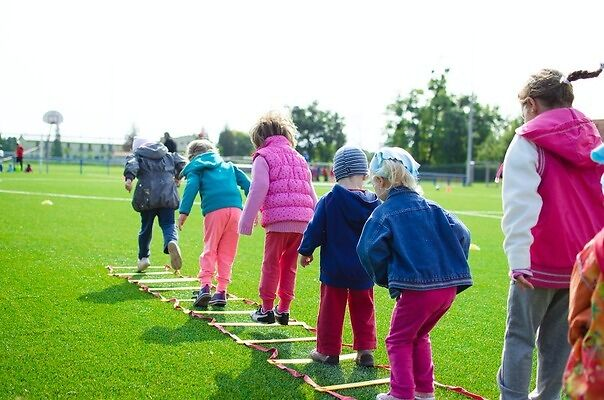STEM is a critical part of education that teaches kids about Science, Technology, Engineering, and Mathematics. STEAM activities include arts and literature to make it more well-rounded so children can understand how the world works around them early on for future success!
Math & ELA | PreK To Grade 5
Kids see fun.
You see real learning outcomes.
Watch your kids fall in love with math & reading through our scientifically designed curriculum.
Parents, try for free Teachers, use for free
What are STEAM & STEM Activities, and Why are They Important?
Simply put, STEAM & STEM activities are experiments, tasks, or even games that explain tough and complicated concepts to children easily and interactively. These activities help kids build a strong fundamental understanding of complex principles, which they can build upon in higher grades.
For many children, one of the most exciting times is when they get to combine their love for technology and art. Therefore, we must develop ways kids can have fun while learning STEAM concepts like engineering or math!
STEAM activities are important because
- They help kids understand how the world works.
- They can foster a love for learning in kids.
- They can help kids think creatively and solve problems.
- They can help kids develop important life skills such as critical thinking, collaboration, and communication.
30 Fun STEAM and STEM Activities for Kids
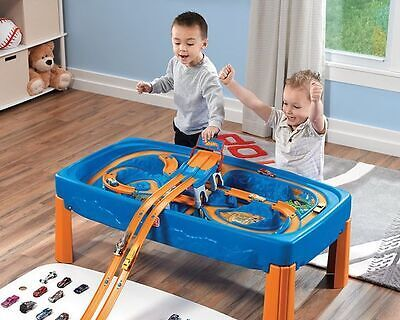
At different ages, kids will be able to engage with STEAM activities in different ways. Finding the right activity for your child’s age and interests is important.
Here are thirty fun STEAM and STEM activities for kids according to their ages and grades:
5 STEAM Activities for Preschoolers (1.5–3 years old)
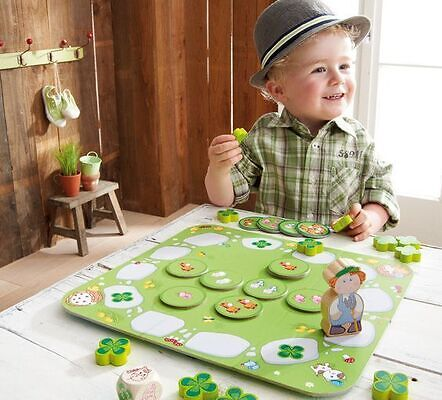
- Play Online Games for Preschoolers: Many websites offer interesting online math games for kids where they can learn counting, numbers, shapes, and more through play. These are great for kids who are visual learners and love to play games on the computer.
Talk about why some things reach the ground faster. Balls, toy cars, blocks, and anything else that can roll down the ramp are great for this activity.
Through this activity, you engage the children with concepts like friction, gravity, and motion.
- Slide Off the Ramp: Gather different things—some that can roll and some that can’t. Create colorful ramps with twists and turns. Ask the children to pick up anything they like and let them slide off the ramp.
- Make a Rainbow in a Jar: This classic STEAM activity is perfect for preschoolers! All you need is some water, food coloring, and a jar. Add different colors of food coloring to the water and watch as the colors mix and form a rainbow.
This activity is great for teaching kids about the color wheel and how different colors can be mixed to create new ones. You can also teach about rainbows and how they are formed.
- Build a Pretend Train: This activity is perfect for two to three-year-olds who love trains! You can use small blocks or toy cars to create a track. Ask the child to move the vehicles along the track and make different sounds.
You can also extend this activity by adding tunnels, railway crossings, and different routes. This will help the child understand the basic concepts of engineering.
- Make Edible Finger Paint: This activity is great for kids exploring their sense of taste. You will need some whipping cream, food coloring, and Ziploc bags for this activity. Place a dollop of whipping cream in each Ziploc bag. Add a few drops of food coloring to each bag and mix it around until the color is evenly distributed.
Now your child can squish, mix, and paint with this edible finger paint! The activity is also great for developing fine motor skills.
Related Reading: Best Mindblowing Science Activities to Try With Your Preschoolers Today
5 Fun STEAM Activities for Kindergarten Students (4–6 years old)
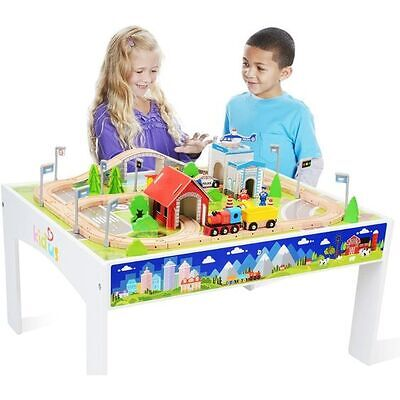
- The Floor Is Lava: Supply each child or group with plastic cups, popsicle sticks, and index cards. Assign them a work area—it can be a desk or a mat on the floor. Put the jelly bears randomly in the work area.
Play the song “The Floor Is Lava” by The Kiboomers and ask children to make a sturdy structure using the material they have and put as many jelly bears on top of it to rescue them, as the floor is lava.
At the end of the game, we count the number of bears a child rescued and discuss what they could do to rescue more bears next time.
This activity helps kids understand the concepts of engineering and design. And they also learn to work collaboratively (when they are working in groups).
- Play Fantasy or Action Games Online: You can explore math learning games for kindergartners at SplashLearn. More than 750,000 teachers use this learning program as a fun resource to encourage their students to learn math, and it’s great for learning at home too. Designed to match each child’s skill level, these games are played by over 40 million kids around the world.
These online educational games are designed to meet core math standards and improve problem-solving skills while having fun.
- Make a Caterpillar with an Egg Carton: For this activity, you will need an egg carton, googly eyes, pipe cleaners, scissors, and glue. Cut the egg carton lengthwise in half. On one half of the egg carton, glue two googly eyes near the top of each section. Cut six pipe cleaners in half and glue them on the back of the egg carton for the legs.
You can also add some markers or paint to make your caterpillar more colorful! This activity is great for teaching kids about counting, colors, patterns, and the anatomy of a caterpillar.
- Make a Marshmallow Shooter: You will need some straws, marshmallows, and tape for this activity. Cut the straws in half. Take half the straw and make a small hole in the center of one end. Do the same with the other half of the straw. Place the two halves of the straw together so the holes line up, and tape them together.
To shoot the marshmallows, blow into the end of the straw without the hole. The marshmallow should come out of the other end! This activity is great for teaching kids about physics and air pressure. You can use paper or bamboo straws to do this activity with sustainable materials and keep this activity mindful.
- Hatch Frozen Dino Eggs: This activity is perfect for children who are fascinated by dinosaurs! You will need some toy dinosaurs frozen in ice. Put the toy dinosaur in a balloon, fill it up with water, tie the knot, and keep it in the freezer. You’ll have dino eggs ready soon!
Let the child find ways to hatch them. They can do that by hitting the frozen eggs with a soft mallet, or they could use warm water to melt the ice.
This activity is great for helping kids understand the concept of freezing and melting, and how temperature and pressure can change matter.
Related Reading: Make Learning Fun With These Math Activities for Kindergarten
5 Engaging STEAM Activities for Kids in Grades 1 and 2 (6–8 years old)
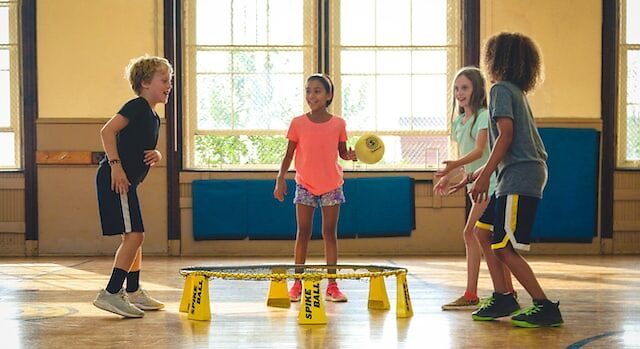
- Make a Power Raft with Soap: We all know how much fun playing with soap in the bathtub is. But did you know that you can make a raft out of soap? And it will float on water! This activity is great for teaching kids about buoyancy and density.
Cut styrofoam in a rectangular shape for the raft. From one end of the raft (lengthwise), cut a 1-inch by 1-inch square from the center to make the back of the raft. Take a 1-inch by 1-inch piece of sponge and push a toothpick through it horizontally. Rest the toothpick on the styrofoam raft in a way that the sponge fits into the gap you made in the raft. The bottom of the sponge should be level with the bottom of the styrofoam raft.
Float your raft in the bathtub or a big tub. Add 1–2 drops of dish soap to the top of the sponge with a medicine dropper. It will start moving.
- Play Geometry Games for First Graders: Grade 1 and 2 students would love to play with 2D and 3D shapes online. These geometry games introduce them to basic concepts such as identifying, sorting, and creating shapes.
They are also introduced to the properties of shapes, such as sides, vertices, and angles. These games are a fun way for kids to learn about geometry while developing their problem-solving skills.
- Make a Suncatcher: You will need some clear contact paper, scissors, and construction paper for this activity. Cut the contact paper into a square shape. On the sticky side of the contact paper, place different shapes of construction paper.
You can also add glitter or sequins to make your suncatcher more sparkly! Once you are done, place another piece of square contact paper on top and press down to seal it. Cut out the excess contact paper around the edges. Hang your suncatcher in a sunny spot and enjoy the rainbow of colors!
This activity is great for teaching kids about colors, shapes, and patterns. It also makes a great discussion topic for how a suncatcher turns sunlight into different colors and forms beautiful rainbows.
- Make a Balloon Rocket: You will need a balloon, straw, string, and tape for this activity. Cut a 2-feet-long piece of string and tie one end to a chair or doorknob. Tape the other end of the string to the back of a straw.
Blow up the balloon and tie it closed. Tape the balloon to the straw, making sure the knot is facing the end of the straw. When you are ready, let go of the balloon and watch it fly! This activity is great for teaching kids about physics and motion. Some of the concepts that first and second-graders can easily grasp are air pressure and Newton’s laws of motion.
- Play with My Five Senses Sorting Cards: You can make them at home. All you need are some index cards, markers, and a pair of scissors. On each index card, write one word from the following five senses: sight, hearing, smell, touch, and taste. For example, for the sense of sight, you can write “sun”, for hearing, you can write “bell”, for smell, you can write “flower,” etc.
Once you are done, cut out each card along the dotted line. Now mix up the cards and have your child match them up according to the sense. This activity is great for teaching kids about the five senses and how we use them in our daily lives.
Related Reading: What Do First Graders Learn: Overview, Subjects & Skills
5 Interesting STEAM Activities for Kids in Grades 3 and 4 (8–10 years old)
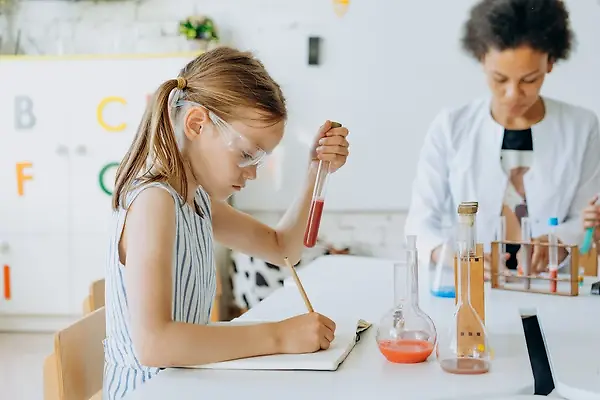
- Make Geometry Art with Pattern Blocks: You will need some pattern blocks and construction paper for this activity. On the construction paper, draw a design with different shapes. Once you are done, invite your child to place the pattern blocks on the paper to fill in the design.
This activity is great for teaching kids about geometry, shapes, and patterns. It’s fun to see how the different shapes fit together to create a design.
- Create Lifecycle Hats: Children will need construction paper, scissors, glue, and crayons for this activity. On a piece of construction paper, trace a large circle for the brim of the hat. Then trace a smaller circle in the middle for the top of the hat. Next, invite your child to cut out both circles.
Once the circles are cut out, invite your child to decorate them with crayons, markers, or sequins. After the decorations are complete, glue the two circles together to make a hat. On the top of the hat, write the name of an animal or a plant and draw a picture of that animal or plant in its different life stages around the brim of the hat. This activity is great for teaching kids about the life cycles of different animals and plants.
- Make a Constellation Telescope: Third and fourth graders who are interested in outer space and love to gaze at stars will love this activity. All you need is a toilet paper roll, some black construction paper, scissors, and glue. Cover the outside of the toilet paper roll with black construction paper. Then invite your child to use the scissors to make small slits all around the top of the toilet paper roll.
Once the slits are made, invite your child to look through the telescope and find a constellation. Once they have found a constellation, help them glue the stars onto the paper to create their own constellation telescope. This activity is great for teaching kids about constellations and the night sky.
- Make a Wind Vane: This activity is most suitable in windy areas. You will need some construction paper, scissors, string, straws, and tape for this activity. On a piece of construction paper, draw a simple design of a wind vane. Once you are done, invite your child to cut out the wind vane.
Next, tape the straws onto the back of the wind vane so that they stick out like blades. Tie a string around the middle of the wind vane and hang it up outside. This activity is great for teaching kids about wind direction and how wind turbines work.
- Create a Tin Can Telephone: This one never grows old. You will need two empty tin cans, some string, and a pair of scissors for this activity. Invite your child to poke a hole in the bottom of one of the tin cans. Thread the string through the hole and tie a knot to secure it. Next, invite your child to hold the can up to their ear and listen for any sounds. When they are done, have them repeat the process with the other tin can.
This can-telephone can be an intercom for kids and be a part of their detective pretend games. This activity is great for teaching kids about sound waves and how they travel. It’s also just plain fun!
Related Reading: Exciting Back to School Activities for Kids of Different Grades
5 Fact-Finding STEAM Activities for Kids in Grades 5 and 6 (10–12 years old)
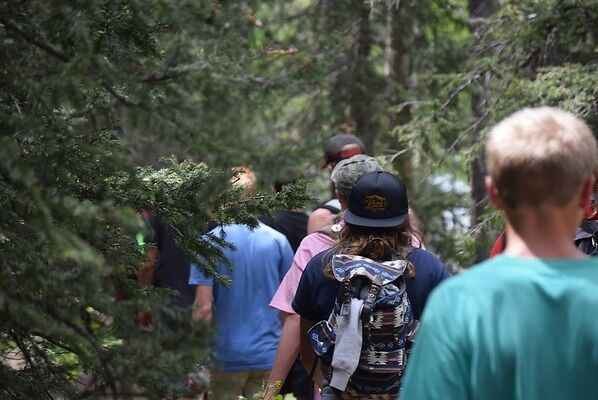
- Measure Animal Footprints: This activity is best done outside in an area where there are animals. You will need some chalk, a ruler, and a piece of paper for this activity. First, find an animal footprint in the mud or dirt.
Once you have found a footprint, use the chalk to outline it on the ground. Next, use the ruler to measure the length and width of the footprint. Then, invite your child to record their findings on a piece of paper. This activity is great for teaching kids about animal anatomy and measurement.
- Experiment to Learn Why the Sky Is Blue: You will need a dark room, a clear glass jar, water, milk, a flashlight, and a piece of white paper for this activity. Fill the glass jar with water. Next, add a splash of milk to the jar. Shine the flashlight through this milky water and observe what happens.
The milk will cause the light to scatter in different directions and create a blue sky effect. It happens because when the sun’s light hits the atmosphere, the blue light waves are scattered more than other colors. This activity is great for teaching kids about why the sky is blue, the different colors of light waves, and the different frequencies of the electromagnetic spectrum.
- Is This Object Magnetic Experiment: You will need a variety of small objects, a magnet, and a piece of paper for this activity. First, invite your child to test each object with the magnet. If the object is attracted to the magnet, then it is magnetic. If the object is not attracted to the magnet, then it is not magnetic.
Once your child has tested each object, have them record their findings on a piece of paper. This activity is great for teaching kids about the properties of magnets and how they work. You can also discuss what makes an object magnetic.
- Practice Basic Coding: In the digital world, “coding” is the new literacy. Fifth and sixth graders can start practicing coding with simple online games and activities. Code.org is a great website that offers free coding lessons and activities for kids of all ages. This activity is great for teaching kids the basics of coding and computer programming.
Not all coding-related activities are tied to programming languages that may fade in popularity. Some of them focus on logical reasoning and creating algorithms. These are skills that will always be in demand, regardless of the popularity of any given coding language.
- Play with Lego Challenge Cards: These STEM-based challenge cards are a great way to get kids thinking critically and creatively with Legos. The cards give kids instructions on how to build specific structures or objects out of Legos.
For example, one card may challenge kids to build a bridge that can support the weight of a toy car. Another card may challenge kids to build a Lego creature that can move on its own. This activity is great for teaching kids about engineering, design, and problem-solving.
Related Reading: Enjoyable Kids’ Activities for a Whoopee Time!
5 Investigative Kids STEAM Activities for Grades 7 and 8 (12–14 years old)
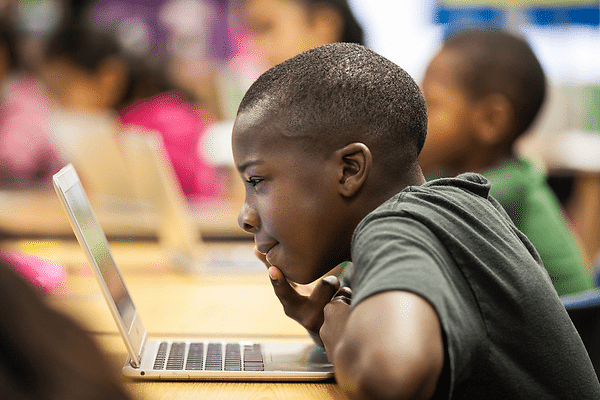
- Try STEAM Building Activities: There are a variety of different STEAM-based building activities that kids can try. One example is building a roller coaster with straws. Another example is building a balloon-powered car.
These activities are great for teaching kids about physics, engineering, and design. Children love these activities, remain engaged in them for hours, and learn a lot in the process.
- How Effective Is the Toothpaste Experiment?: You will need six eggs, three glasses—one full of water, one full of juice, one full of soda—and a toothbrush. Toothpaste is abrasive, which means it can wear down surfaces. The eggshell is a good example of this.
Invite your child to brush three eggs with toothpaste. Now, put one brushed egg and one unbrushed egg in water. Similarly, put one brushed egg and one unbrushed egg in juice, and the remaining eggs in soda.
Leave them there for twelve hours. After twelve hours have passed, check to see what happened to each egg. The brushed eggs should be significantly less damaged than the unbrushed eggs. The eggs in soda should be in the worst condition, followed by the egg in juice.
This activity is a great way to teach kids about the importance of brushing their teeth, how different drinks affect our teeth, and how toothpaste works.
- Grow Crystals at Home: You will need table salt, water, food coloring, a clean glass jar, and a coffee filter. To grow crystals, first, make a saturated salt solution by adding table salt to boiling water. Keep adding salt until it no longer dissolves in the water. Once the solution has cooled, add a few drops of food coloring.
Pour the solution into the glass jar and place the coffee filter over the top. The coffee filter will allow the crystals to form on it while keeping any dirt or debris out of the solution. Place the jar in a warm, sunny spot and wait for the crystals to form. This activity is great for teaching kids about chemistry and how crystals form.
You can also use Borax and some bent pipes to make complex crystal structures. To do this, make a saturated Borax solution by adding Borax to boiling water. Keep adding Borax until it no longer dissolves in the water. Once the solution has cooled, add a few drops of food coloring.
Bend the pipe into any shape you want and then submerge it in the solution. The Borax will start to crystallize on the pipe. You can make all sorts of different shapes and structures with this method. Borax crystals are more fragile than salt crystals, so handle them with care.
- Egg Drop Experiment: You will need raw eggs, straws, tape, scissors, and a tall container. The egg drop experiment is a classic physics experiment that teaches kids about force and motion.
To do the experiment, first, build a contraption that will protect your egg when you drop it. This can be anything from a simple straw-and-tape structure to a more complex multi-leveled structure.
Once you have your contraption built, drop it from a height of about 3 feet. If your egg breaks, try again with a different design. If your egg doesn’t break, try dropping it from a higher height. This activity is great for teaching kids about physics and engineering.
- Make Oobleck: You will need cornstarch, water, food coloring, and a bowl. Oobleck is a non-Newtonian fluid, which means it doesn’t obey the laws of Newtonian physics.
To make Oobleck, mix equal parts cornstarch and water in a bowl. Add a few drops of food coloring and mix it in. Oobleck is a great example of a thixotropic fluid, which means it changes viscosity when sheer force is applied to it.
To see this in action, try picking up a handful of Oobleck and then letting it go. The Oobleck will flow out of your hand like a liquid. But if you apply enough force to it, it will act like a solid.
This activity is great for teaching kids about physics and chemistry. While doing this activity, you can discuss how different substances have different properties and how those properties can change under different conditions.
Related Reading: Best First Day of School Activities for Students
Start Experimenting Today!
STEAM and STEM activities are not only educational, but they can also be a lot of fun for kids! These activities will help kids learn science, technology, engineering, and math in a fun, creative, and engaging way. And who knows, they might even enjoy it so much that they want to pursue a career in one of these fields!
Related Reading: Exciting Back to School Activities for Kids of Different Grades

















